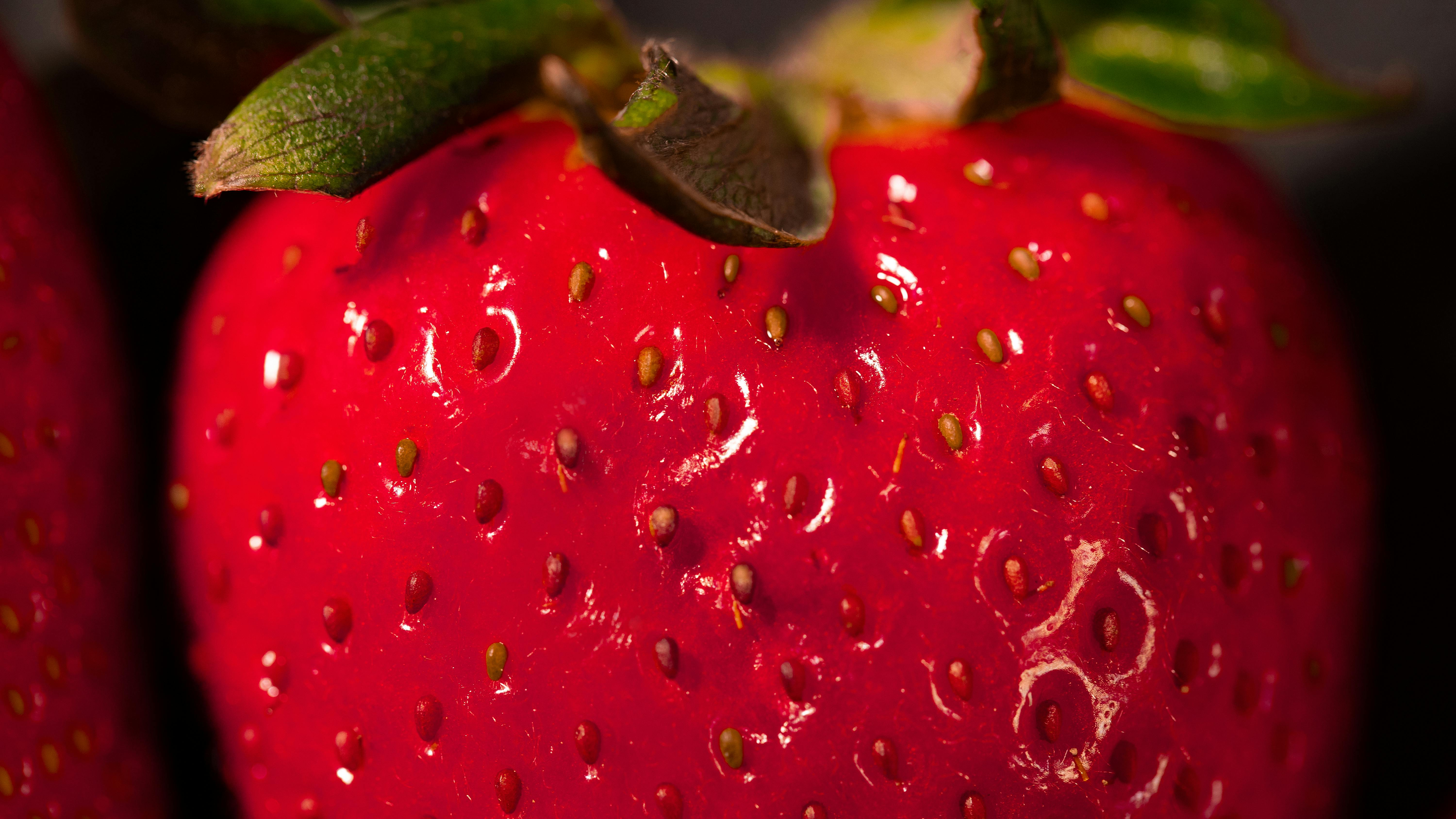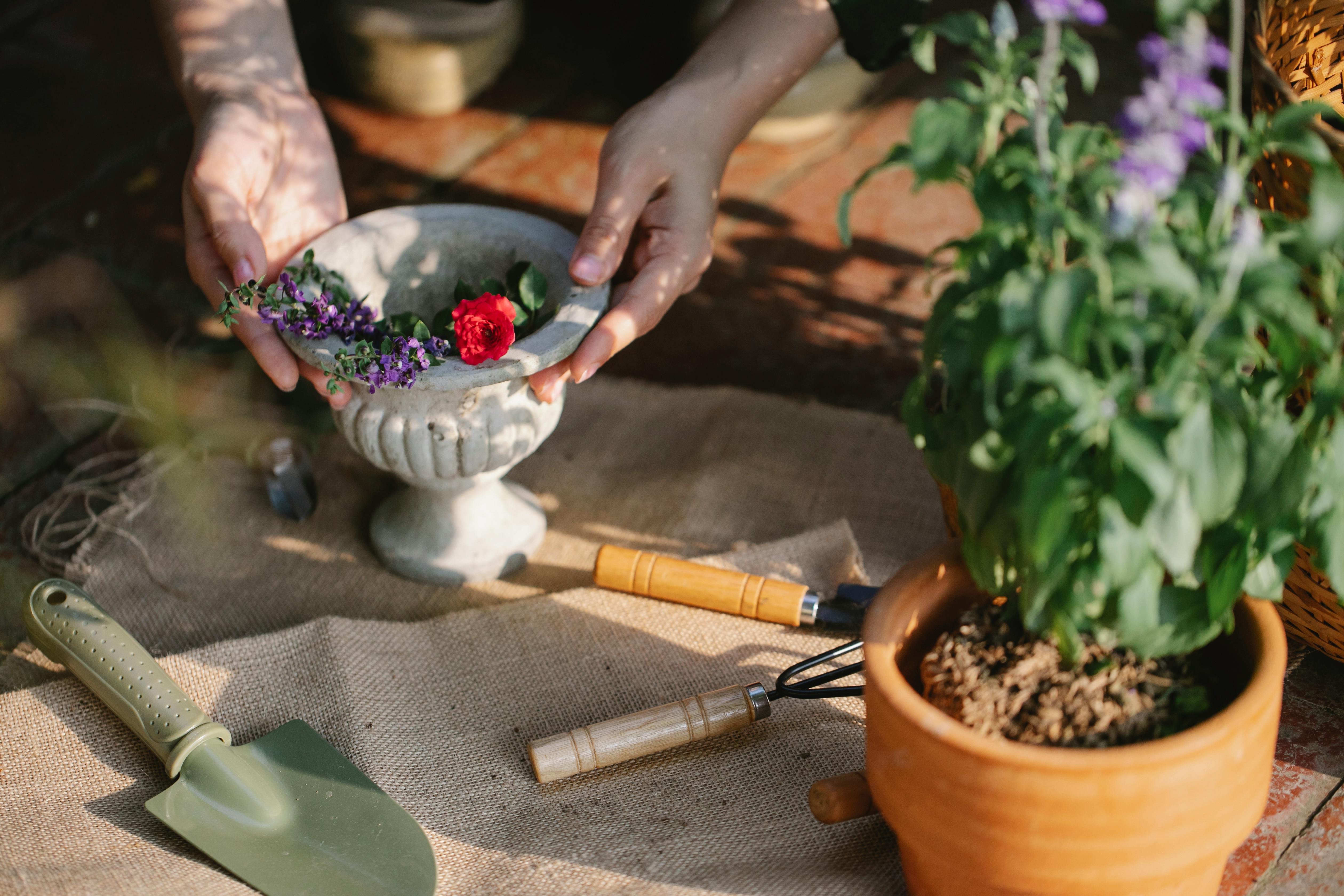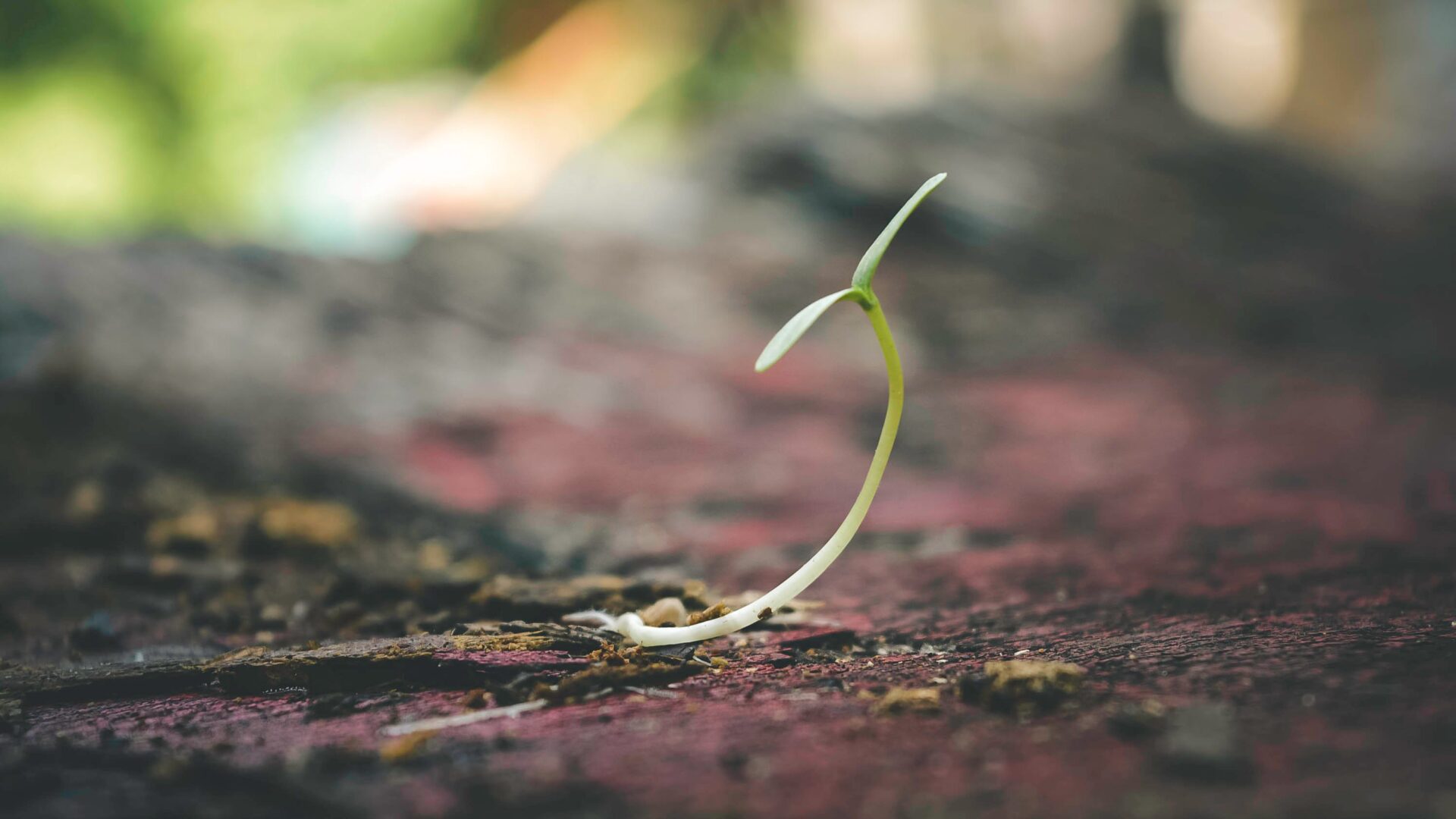Strawberry plants are a popular choice for home gardeners, and they are relatively easy to grow. However, if you want to start your own strawberry plants from seed, you may be wondering how long it takes for the seeds to sprout. In this article, we’ll discuss how long it typically takes strawberry seeds to sprout so that you can plan your garden accordingly.Strawberry seeds typically take between 7 and 14 days to sprout.
Factors Affecting Strawberry Seed Germination
Strawberry seed germination is affected by many environmental factors. Temperature, moisture, light, and soil pH are some of the most important factors for successful germination and growth of strawberry plants. A combination of the right environmental conditions and proper management will ensure that strawberry seeds have the best chance of germinating and producing a healthy crop.
Temperature is one of the most important factors affecting strawberry seed germination. Strawberry seeds need temperatures between 55 to 75 degrees Fahrenheit (12 to 24 degrees Celsius) to germinate successfully. As temperatures rise above 75°F (24°C), the seeds may not germinate at all or will take longer to do so. Too much cold can also be detrimental and cause seed dormancy.
Moisture is another key factor in successful strawberry seed germination. Seeds need an optimal level of moisture in order to start growing; too much or too little can inhibit or prevent germination altogether. The soil should be kept moist but not saturated, as this can also be damaging to the seeds.
Light is also necessary for successful strawberry seed germination. Seeds need light in order to start the process of photosynthesis; when exposed to light, they will sprout more quickly than those that are left in darkness or low light conditions. It is best to place strawberry seeds in a sunny location or artificial light source for optimal results.
Soil pH is another important factor for successful strawberry seed germination. The ideal range for strawberries is between 6 and 6.5, so it’s important that you test your soil before planting your seeds or transplanting your plants outside. If the soil pH isn’t within this range, you may need to add lime or sulfur to adjust it accordingly.
By taking into consideration all these environmental factors, you can ensure that your strawberry plants have the best chance of surviving and thriving in your garden or greenhouse space!
Temperature Requirements for Sprouting Strawberry Seeds
Growing strawberries from seeds is an easy process that can be done in the comfort of your own home. To ensure successful germination, however, the temperature requirements need to be met. Strawberry plants require a temperature range of 55-75°F for optimal sprouting. In most climates, this temperature range can be achieved by planting seeds indoors at this time of year and gradually introducing them to outdoor temperatures as they grow.
In cooler climates, it may be necessary to use a heat mat or other form of supplemental heating to ensure the soil temperature remains within the ideal range for sprouting. If using a heat mat, it is important to monitor the temperature regularly and adjust as necessary to keep it within the acceptable range. Additionally, it is important to provide adequate light and air circulation in order for the seedlings to thrive.
Once the seedlings have emerged, they should be moved outdoors gradually over a period of several days so that they can adjust to changing temperatures without shock or damage. Once transplanted outdoors, regular watering and fertilization are important for maintaining healthy growth and development.
Overall, when considering how best to sprout strawberry plants from seed at home, paying close attention to the temperature requirements is essential for achieving successful germination and optimal growth. With careful attention and monitoring of soil temperatures throughout the process, you will have beautiful strawberries ready for harvest in no time!
Soil Requirements for Growing Strawberry Seeds
Growing strawberry seeds requires a well-drained and nutrient-rich soil. The soil should be slightly acidic with a pH of 6.0 to 6.5, and must be free of weeds, debris, and other plant material. Organic matter should be added to the soil to improve fertility and water holding capacity. The soil should also have adequate drainage to prevent waterlogging. Compost or aged manure can be added to the soil prior to planting to improve fertility and water retention.
Strawberry plants require full sun, so the planting area should receive at least six hours of direct sunlight per day. Provide adequate spacing between plants (at least 12 inches) to allow for air circulation and reduce the chances of disease.
When planting strawberry seeds, it is important to ensure that the soil is properly prepared before sowing the seeds. The seedbed should be fine-textured and well-drained, with no large clumps or stones present that may interfere with germination. The seeds should be planted 1/4 inch deep in rows spaced 12 inches apart. Keep the seedbed consistently moist until germination occurs, then water regularly as needed depending on weather conditions.
When caring for strawberry plants, it is important to fertilize them regularly throughout the growing season using a balanced fertilizer such as 10-10-10 or 20-20-20. Pest control may also be necessary depending on your location; organic methods such as trapping or handpicking are preferable whenever possible. Finally, mulching around plants will help conserve moisture and reduce weed growth while keeping fruit clean and off the ground during harvest season.
By following these guidelines for preparing soil for growing strawberry seeds, you can ensure that your plants will receive all of the nutrients they need throughout their lifecycle for healthy growth and abundant harvests!
Understanding the Time Frame of Germinating Strawberry Seeds
Growing strawberries from seeds is a relatively easy process but understanding the time frame of germinating strawberry seeds can be tricky. The amount of time it takes for strawberry seeds to germinate can vary greatly, depending on what kind of strawberry plant you are growing and what kind of conditions you are providing for your seedlings. Some strawberry varieties take as little as two weeks to germinate while others may take several months. To ensure successful germination, it is important to understand the specific needs of the variety being grown and provide the best possible conditions for your seedlings.
The amount of time it takes for a strawberry seed to germinate depends on several factors, including temperature, moisture levels, and light exposure. When planting strawberry seeds outdoors or in a greenhouse, temperatures should be between 70 and 80 degrees Fahrenheit. Keeping soil moist is also important, so regular watering is necessary. Additionally, providing adequate light is essential for successful germination; if you are growing in a greenhouse or indoors, fluorescent lights can help provide enough light for your seedlings.
Once planted, most strawberry varieties will begin to sprout within two weeks but some may take longer and require patience. Generally speaking, if given proper care and conditions your seedlings should begin to sprout within 4-6 weeks. Once sprouts appear, they will continue to grow until they reach maturity at which point they will begin to produce fruit.
In conclusion, understanding the time frame of germinating strawberry seeds is key to successfully growing strawberries from seeds. By providing ideal temperatures and moisture levels as well as adequate light exposure you can ensure that your seedlings receive all the nutrients they need to thrive. With patience and proper care you should have no trouble getting your strawberry plants off the ground in no time!

Preparing the Soil for Planting Strawberry Seeds
Preparing the soil for planting strawberry seeds is an important step in growing a successful strawberry crop. Before you begin, test your soil to make sure it has the proper pH level and nutrient levels for growing strawberries. If needed, add organic matter such as compost or peat moss to improve the soil’s texture and fertility. You may also need to add a balanced fertilizer to make sure your soil has enough of the essential nutrients necessary for healthy plant growth. Once your soil is prepared, you can begin planting your strawberry seeds.
To prepare the bed for planting, clear an area of weeds and debris and loosen the soil with a tiller or spade. Rake out any large clumps of dirt or gravel before spreading out your seeds evenly over the area. Cover them lightly with a thin layer of soil and give them plenty of water so they can germinate properly. Strawberries need full sun, so choose a sunny spot in your garden or yard to plant them in. Make sure to keep the bed moist until seedlings emerge and then water regularly throughout the growing season to ensure optimal growth and fruit production.
Moistening the Soil for Planting Strawberry Seeds
Moistening the soil for planting strawberry seeds is an important step for successful strawberry plant growth. The soil should be moist enough to ensure that the roots will be able to absorb the necessary nutrients. A moist soil will also provide a favorable environment for the strawberry plants to develop their root system and thrive.
There are several methods that can be used to moisten the soil before planting strawberry seeds. One of the most common methods is to water the soil with a garden hose, using enough water so that it is damp but not overly wet. To ensure an even distribution of moisture, it is best to use a sprinkler or sprayer to evenly moisten the entire soil surface.
Another method for moistening the soil before planting strawberry seeds is to mix some organic material such as compost or aged manure into the top several inches of soil. This will help retain moisture and also add beneficial nutrients that will help promote healthy plant growth.
It’s important not to let the soil become overly wet when moistening it prior to planting strawberry seeds. Soil that is too wet can prevent oxygen from reaching plant roots, which can lead to stunted growth and root rot in some cases. To avoid this, allow excess water to drain off before planting or add organic material such as compost or mulch if needed.
When done properly, moistening the soil prior to planting strawberry seeds will help ensure healthy and abundant plant growth throughout its lifespan. It’s essential that gardeners take their time and follow proper steps when preparing and planting strawberries in order for them to thrive in their new environment.
Planting the Strawberry Seeds in the Soil
Strawberries are one of the most popular fruits, and planting them in your own garden can be a rewarding experience. Planting strawberry seeds is an easy and affordable way to grow your own strawberries. The best time to plant strawberry seeds is in early spring when the soil has begun to warm up. When planting the seeds, you should prepare the soil by tilling it and adding organic matter such as compost or manure to help retain moisture and provide nutrients. You should also make sure that you choose a well-drained area with plenty of sunshine.
When planting your strawberry seeds, you should dig shallow holes about four inches deep and three inches apart. Place two or three strawberry seeds into each hole and cover lightly with soil. Water the area well after planting and keep it moist until your plants start to emerge from the soil. Once the plants have emerged, you should thin them out so that they are spaced at least five inches apart. You can also mulch around your plants to help keep weeds away and retain moisture in the soil.
Once your strawberry plants have started producing fruit, you should fertilize them regularly with a balanced fertilizer such as 10-10-10 or 20-20-20. It’s important to keep your plants well-watered during dry periods, especially when they are bearing fruit. You should also make sure that you pick ripe strawberries as soon as they are ready so that new ones will continue to grow throughout the season. With proper care and maintenance, you can enjoy fresh strawberries from your own garden for many years to come!

Conclusion
The process of sprouting strawberry seeds is relatively simple and straightforward. With some basic equipment and knowledge, anyone can get started on their own sprouting journey. It typically takes around two weeks for strawberry seeds to sprout, depending on the conditions they are kept in. To ensure successful germination, it’s important to keep the soil moisture level consistent and the temperature consistently warm. Additionally, make sure that the soil is well-draining and that the seeds are planted at least one-quarter inch deep in the soil. With a bit of patience, you’ll soon have a garden full of healthy strawberries!
Overall, no matter what method you choose for sprouting strawberry seeds, it’s important to be aware of the timescales involved. On average, it should take around two weeks from sowing to germination. However, each situation is unique and dependent on external factors such as temperature and moisture levels so be prepared for some variance in this timeframe. With a bit of practice, anyone can become confident in their ability to grow healthy strawberries from seed!



